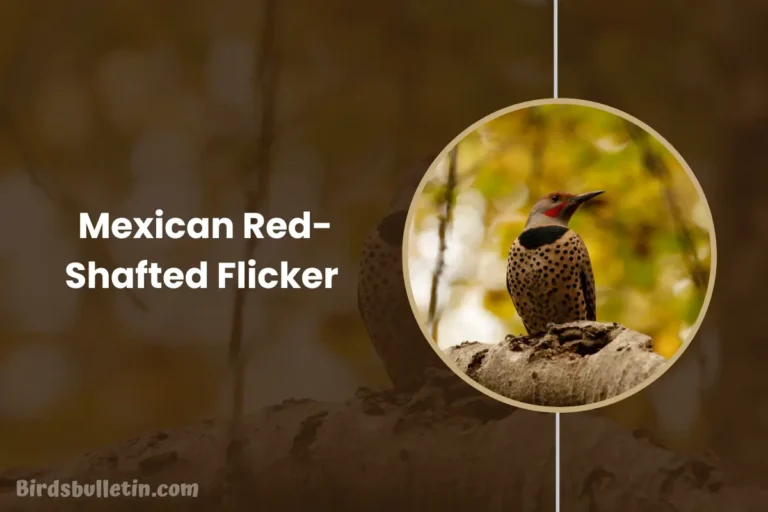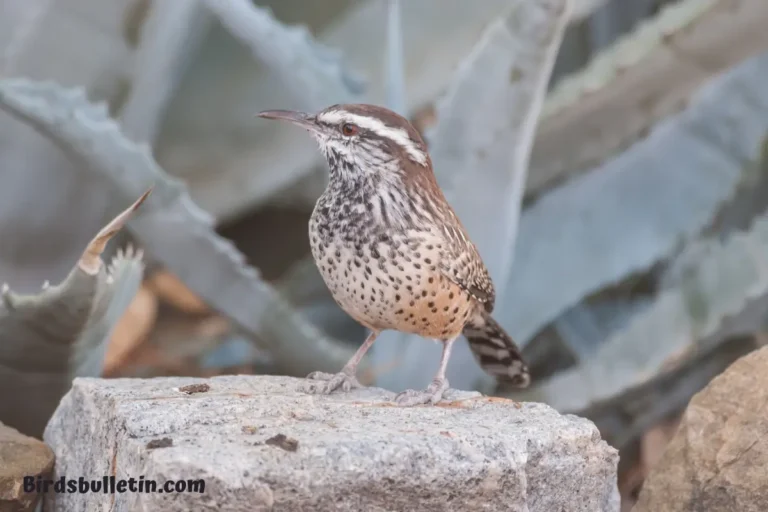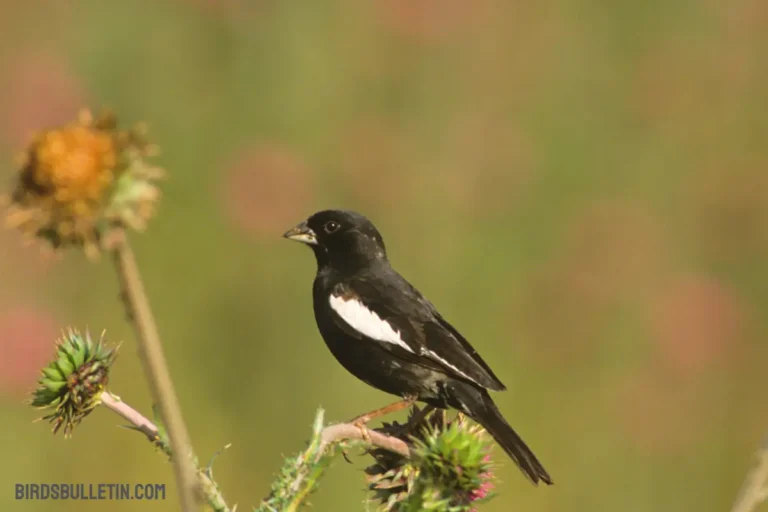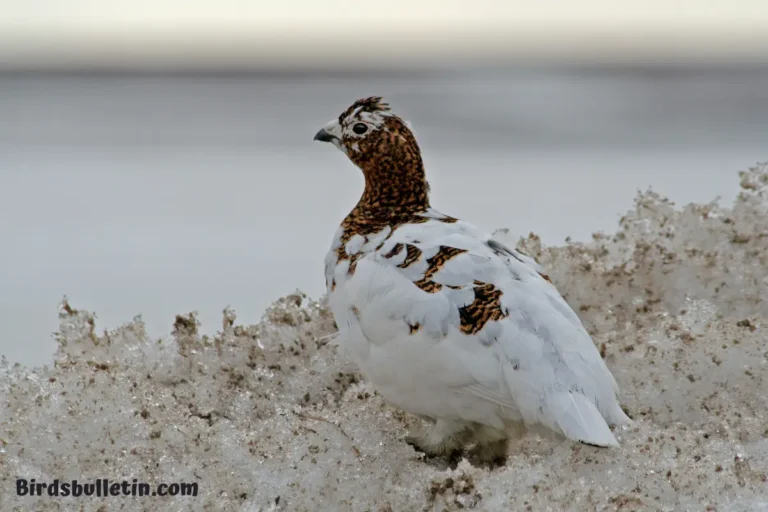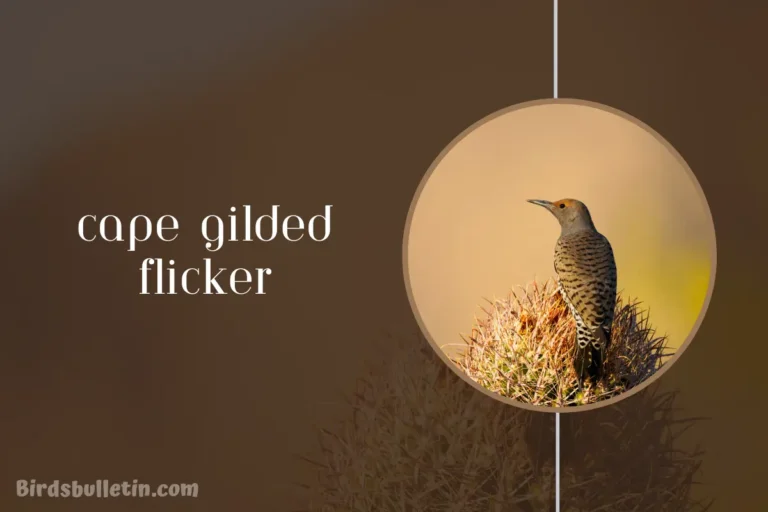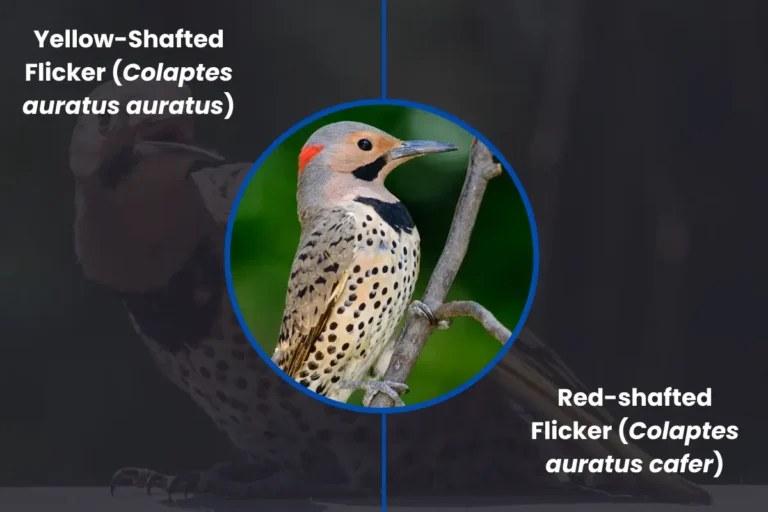Chestnut-Backed Chickadee: Behavior And More
With its distinctive reddish-brown back and black bib, the chestnut-backed chickadee is a charming and lively presence in the coniferous forests it calls home.
This overview article will explore the identification, symbolism, classification, nesting habits, population, migration patterns, behavior, conservation status, and other key facts about this species.
Want to learn more about Birds Overview
Identifying The Chestnut-Backed Chickadee Step-By-Step
Here is an expanded section on identifying the chestnut-backed chickadee:
Size and Shape
- 4.3-5.5 inches in length
- Plump, round body shape
- Short tail
- The small, rounded head
- Short, thick bill
Color Pattern
- Crown and back: Rich reddish-brown
- Bib: Jet black
- Cheeks: White
- Undersides: Pale grey-beige
- Wings: Grey with white wing bars
- Tail: Grey with white outer tail feathers
Legs
- Legs and feet are black
Facial Markings
- Black stripe through the eye
- White eyebrows
- Black throat bib ending at white cheeks
Behavior
- Active and acrobatic forager, often hanging upside down
- The rapid fluttering flight between trees
- Gregarious, forms large flocks in winter
- Constantly vocalizing with chickadee calls
Song
- Signature “fee-bee” whistled song
- Calls include “chick-a-dee-dee-dee” and other variations
- Hoarser, slower calls compared to other chickadee species
Habitat
- Found in coniferous and mixed forests of the Pacific Northwest
Observing the small size, plump shape, reddish back plumage, black bib, and active foraging behaviors are the best ways to positively identify the chestnut-backed chickadee.
Chestnut-Backed Chickadee Profile
| Feature | Details |
|---|---|
| Scientific Name | Poecile rufescens |
| Alternative Names | None |
| Color | Reddish-brown back, black bib, white cheeks, pale grey-beige underside |
| Size | 4.5-5 inches length |
| Wingspan | 7 inches |
| Weight | 0.3-0.44 ounces |
| Lifespan | 4 years average, up to 10 years recorded |
| Breeding Season | Middle of the March to July |
| Eggs | 10-11 white with reddish-brown speckles |
| Diet | Insects, spiders, seeds |
| Prey | Eggs, nestlings, and fledglings preyed by squirrels, chipmunks, snakes |
| Threats | Habitat loss from logging, climate change |
| Predators | Hawks, owls, shrikes |
| Locations | Pacific Northwest – western Oregon and Washington, southern coastal British Columbia |
State Bird And Symbol
The Chestnut-backed Chickadee is not the official state bird or state symbol of any U.S. state. Each state designates its own official state bird, state flower, state tree, and other state symbols by passing legislation.
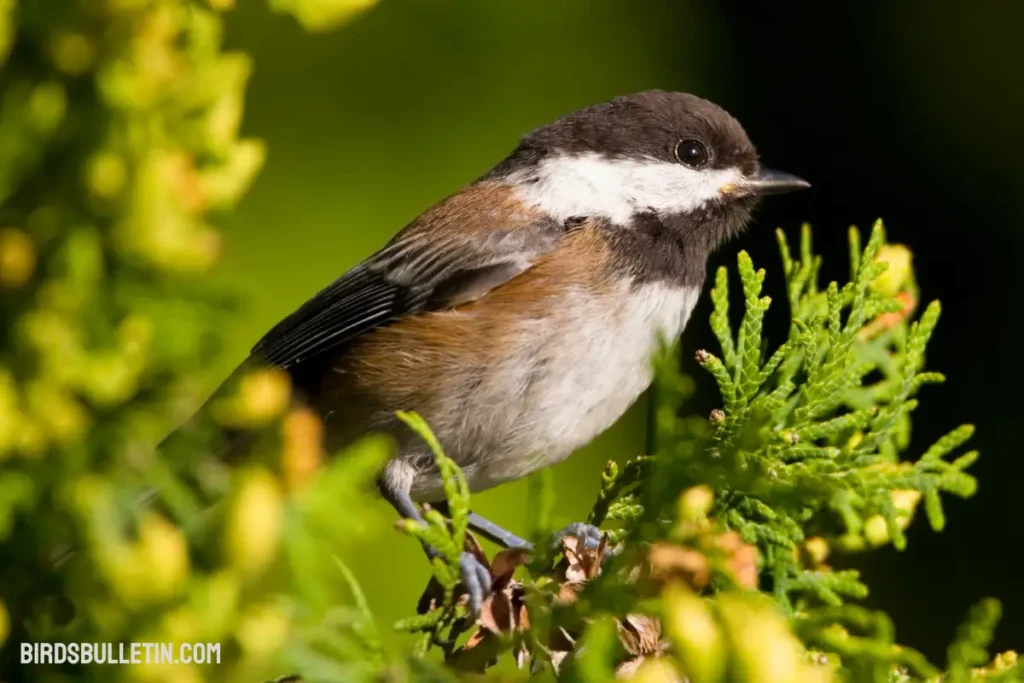
The Chestnut-backed Chickadee’s range is limited to the Pacific Northwest so, it would not be a familiar or representative bird for most states.
Subspecies And Distinct Populations
There are three recognized subspecies of the chestnut-backed chickadee:
01. Poecile rufescens rufescens (Townsend, 1837) – Found from Alaska to northwest California. Has a broad reddish-brown band on the flanks.
02. Poecile rufescens neglectus (Ridgway, 1879) – Found along the central California coast around Marin County. Has a narrower rufous band on the flanks.
03. Poecile rufescens barlowi (Grinnell, 1900) – Found along the southwest California coast south of San Francisco Bay. Has little to no rufous coloring on the flanks.
In addition to the subspecies, research suggests there are four genetically distinct populations of chestnut-backed chickadees in different regions:
- Alaska
- Coastal North America
- Queen Charlotte Islands, British Columbia
- Mainland British Columbia
The chestnut-backed chickadee is the only chickadee species found on the Queen Charlotte Islands. The geographical isolation of these populations has allowed genetic differentiation over time.
Nesting Habits
Chestnut-backed chickadees breed between March and July. They are cavity nesters, using old woodpecker holes or natural holes in dead trees, stumps, or logs as nest sites. They also nest in artificial nest boxes put up by homeowners.
Females build nests by lining cavities with soft materials like moss, grass, bark strips, animal fur, and feathers. The nest cup measures approximately 6 inches across with an inner depth of 2 inches.
Clutch sizes range from 6-8 white eggs with reddish-brown speckles. Only the female incubates the eggs for 12-14 days. Both parents feed the hatchlings, which fledge at 16-18 days old. Chestnut-backed chickadees only have one brood per year.
Population And Distribution
The Chestnut-backed Chickadee is found along the Pacific coast from British Columbia to central California. Its populations are estimated to be around 3.5 million birds.
They prefer lower elevations in coastal forests, favoring habitats with dense undergrowth. Though not considered threatened, their numbers have declined in some areas due to logging and development.
Migratory Behaviors
As mentioned, chestnut-backed chickadees do not migrate over long distances. They are considered permanent residents throughout their range. However, they move to lower elevations in winter to escape harsh weather and forage in areas with better food availability.
Banding studies show chestnut-backed chickadees rarely disperse farther than 12 miles from their breeding site. Their strong site fidelity keeps populations localized year-round.
Typical Behavior And Habits
Chestnut-backed chickadees exhibit the active, social behaviors typical of other chickadees. They are energetic and acrobatic as they forage among branches. Their flight is distinctive with rapid bursts of flapping and short glides.
They primarily eat insects and spiders gleaned from trees. They are social, traveling in flocks with complex vocal communication. Flocks cooperate to mob potential predators. They are highly curious, and readily investigating new objects, foods, or other novelties in their environment.
Chestnut-backed chickadees are non-territorial. They roost communally in cavities at night, cramming up to a couple of dozen birds into one tree hollow for safety and warmth!
Interactions With Humans
This bird frequents backyards if mature trees are present. They quickly learn to approach human-provided food sources like feeders stocked with black oil sunflower seeds or suet. Since they are social, seeing one chestnut-backed chickadee at a feeder will soon attract a whole flock.
Some people hand-feed these chickadees, taking advantage of their innate curiosity. This requires patience to earn the birds’ trust. But they will eventually perch on their hands to grab food like sunflower seeds.
Their bright, cheery songs add an energizing soundtrack to time spent outdoors in their range. They often top the list of birds that Pacific Northwest residents enjoy seeing in their daily lives.
Conservation Status
Chestnut-backed chickadees are classified as a species of Least Concern by the IUCN. Their populations are currently stable with no major threats to their survival. They do face potential habitat loss from logging and development.
However, their ability to adapt to both pristine and disturbed forest environments helps mitigate this threat. Providing nest boxes helps supplement their natural nesting cavities lost to development.
Laws Protecting Chestnut-Backed Chickadees
In the United States, chestnut-backed chickadees are protected under the Migratory Bird Treaty Act of 1918. This act makes it illegal to pursue, hunt, take, capture, kill, or sell any part of a migratory bird or its eggs and nests.
Though chestnut-backed chickadees don’t migrate far, they fall under this protection as a native North American bird. The chestnut-backed chickadee is also protected under the Provincial Wildlife Act in British Columbia, Canada.
This covers the southern coastal part of their range in and around Vancouver. Violating regulations under this act can result in steep fines of up to CAD 250,000 and imprisonment.
Frequently Asked Questions
01. How did the chestnut-backed chickadee get its name?
The chestnut-backed chickadee is named for the rich reddish-brown coloration on its back and crown, reminiscent of a chestnut’s shell. The “chickadee” part of its name derives from its typical call which sounds like “chick-a-dee-dee.”
02. How can I attract chestnut-backed chickadees to my yard?
You can attract chestnut-backed chickadees by providing a feeder stocked with black-oil sunflower seeds, suet, or peanuts. Having mature coniferous trees, nest boxes, a brush pile, water sources, and native plants will also invite them in.
03. Why do chickadees flock together in winter?
Chickadees, including the chestnut-backed chickadee, flock together in winter for several reasons. The larger flock size improves their ability to find food. Being part of a flock also lowers an individual’s risk of predation.
Final Word
In the conifer-filled forests of the Pacific Northwest, keeping an eye and ear out for the chestnut-backed chickadee is a rewarding experience.
The more one learns about their behaviors, sounds, movements, and daily habits, the more enchanting they become. Beyond a pretty appearance, they represent the enduring continuity of nature and seasons in their corner of the world.
References
- Cornell Lab of Ornithology. (n.d.). Chestnut-backed Chickadee. https://www.allaboutbirds.org/guide/Chestnut-backed_Chickadee
- National Audubon Society. (n.d.). Guide to North American Birds: Chestnut-backed Chickadee. https://www.audubon.org/field-guide/bird/chestnut-backed-chickadee


